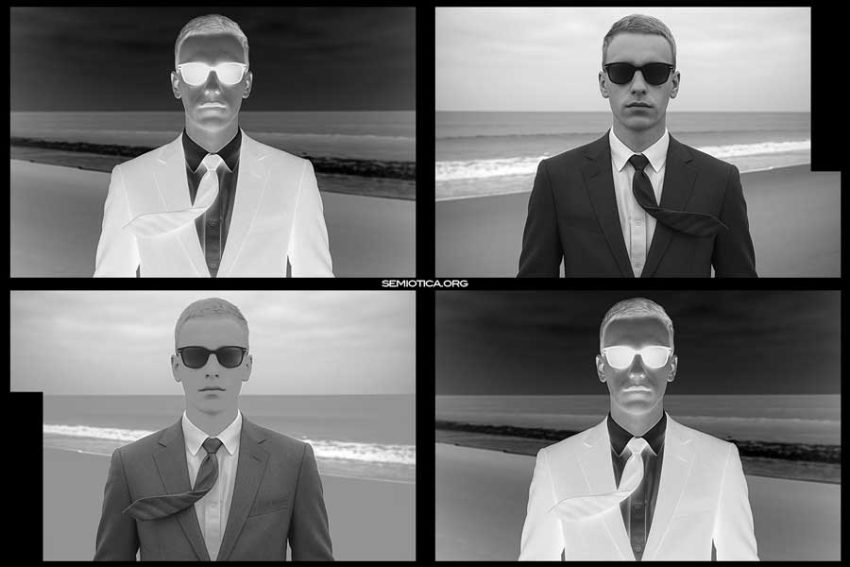Semiotics, as a scientific discipline, has its roots in the nineteenth century. Stefano Gensini recalls that the effort to define its boundaries was undertaken by two scholars destined to shape its future development: Charles Sanders Peirce and Ferdinand de Saussure.
Peirce, an American philosopher of pragmatist orientation, conceived semiotics as a general theory of human knowledge. He assigned a central role to interpretive activity: words, thoughts, and behaviors are understood as different interpretants referring to the same object within a process of meaning-construction that “virtually never ends.” With this formulation, Peirce emphasized that meaning is not an immediate given but the result of an endless chain of interpretations, each generating new possibilities of understanding.
Saussure, a Swiss linguist, preferred the term semiology. Unlike Peirce, he did not conceive of the discipline as a theory of knowledge but rather as a science of sign systems. From his perspective, semiology was to serve as a framework discipline capable of identifying a common ground for all communicative phenomena—languages, formulas of politeness, sign languages, ritualized behaviors. From this shared territory, it would then be possible to derive the analysis of each specific mode of communication.
The two approaches outline complementary directions: one philosophical, centered on interpretation and cognition; the other structural, based on the organization of signs into systems. In both, language is not merely an instrument but the model through which the functioning of signification can be understood in every sphere of experience.
Gensini thus highlights that modern semiotics was born from the encounter between these two perspectives: one that conceives meaning as an unlimited process of interpretation, and the other that defines it as a system of differential relations. From this dual impulse, the main currents of the discipline developed throughout the twentieth century.
Bibliographic reference: Stefano Gensini, Elementi di semiotica, Carocci Editore S.p.A., Rome.
